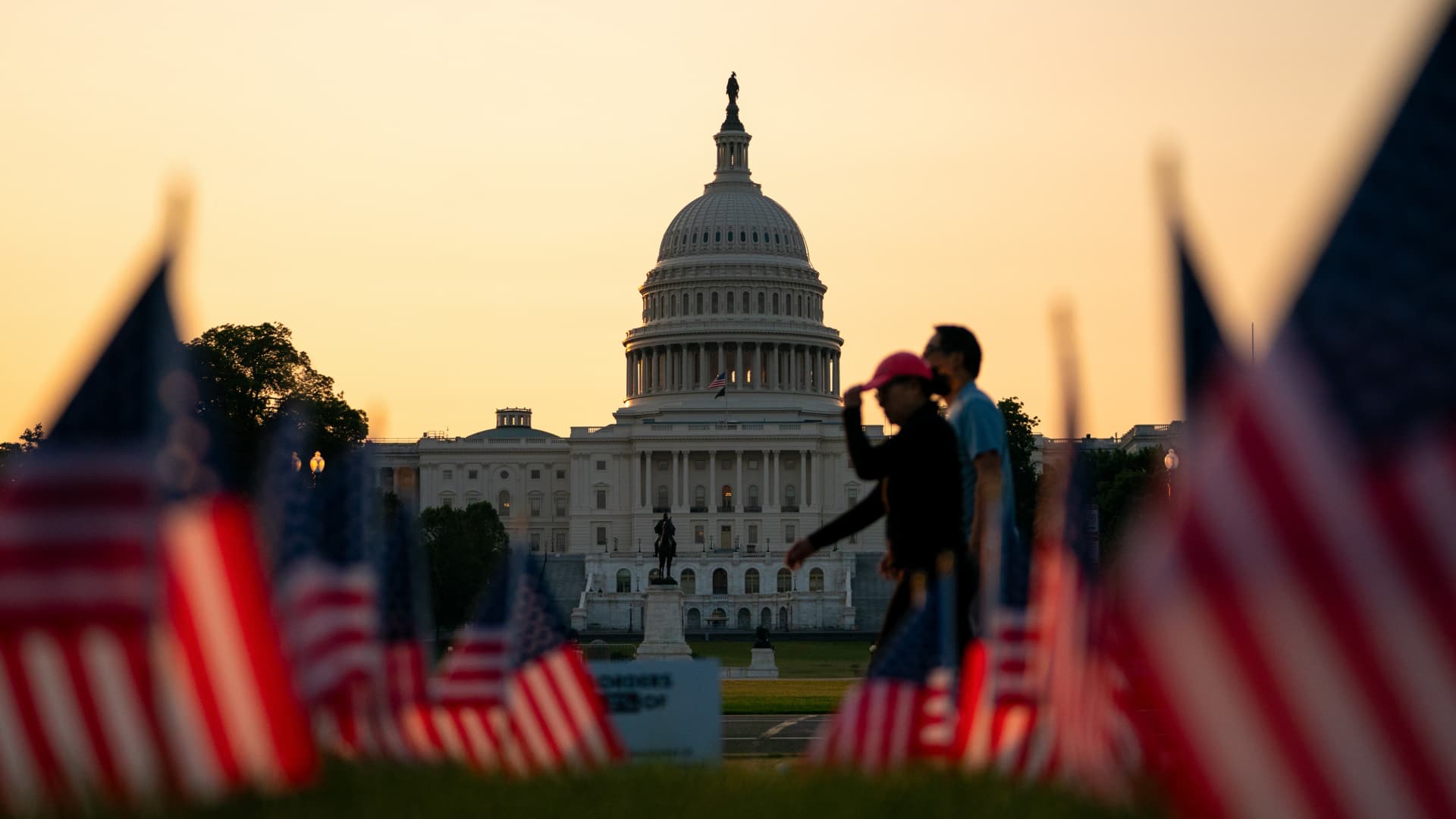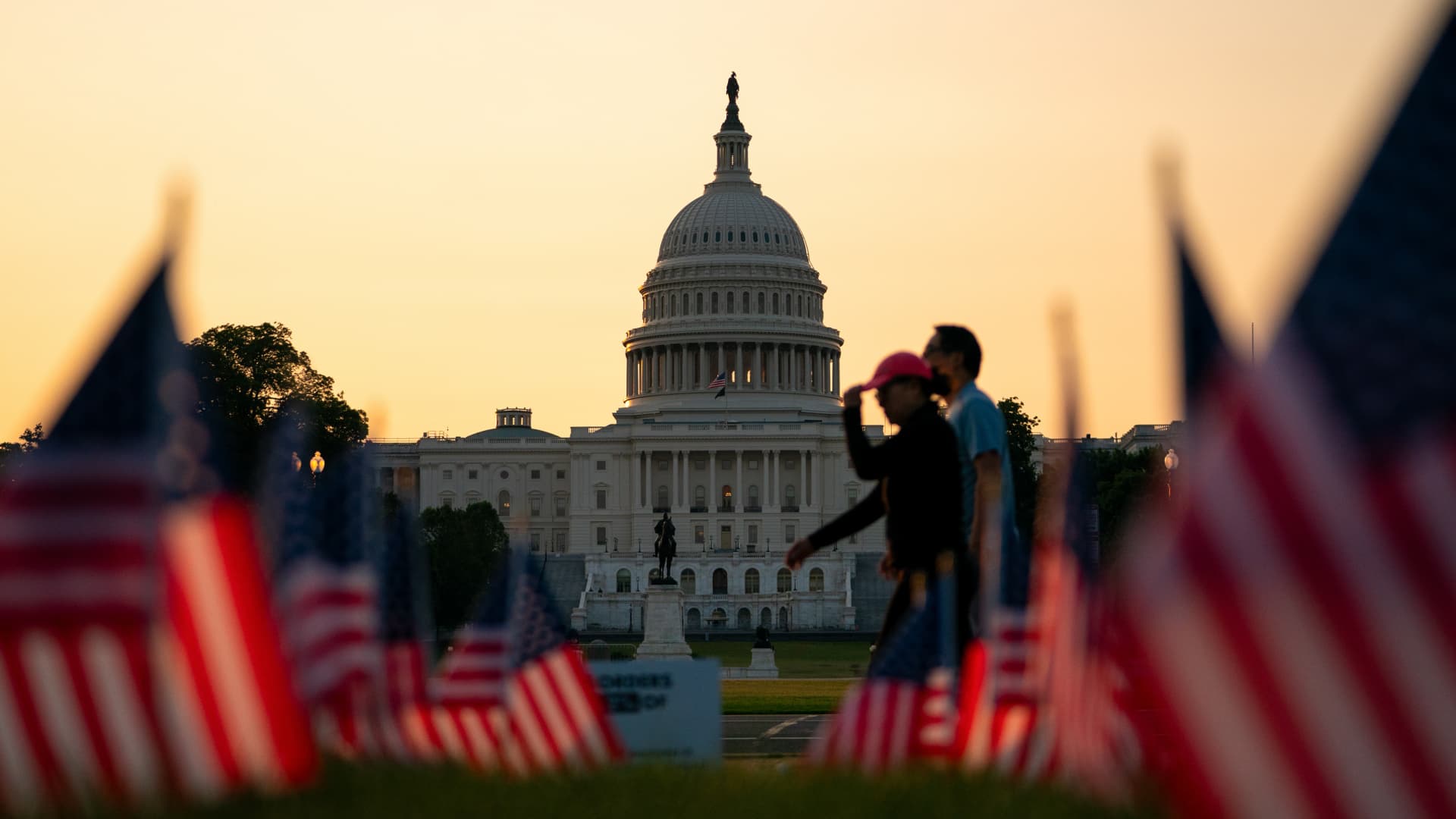The “Big Beautiful Bill,” formally known as the One Big Beautiful Bill Act (OBBBA), is a sweeping and controversial legislative package championed by former President Donald Trump and Congressional Republicans. This bill has ignited intense debate across media outlets, economic sectors, and political parties due to its extensive tax cuts, spending adjustments, and policy shifts. The implications of this bill for the U.S. economy, federal debt, social equity, and individual finances are profound and multifaceted. To fully grasp its impact, it is essential to examine the bill’s content, public reception, economic consequences, and political dimensions.
Breaking Down the Scope and Content of the Bill
At its core, the “Big Beautiful Bill” aims to extend and expand significant tax cuts initially introduced during Trump’s first term, particularly those passed in 2017. These tax cuts are designed to lower federal income taxes for individuals and corporations, with some provisions made permanent that were previously set to expire. The bill also incorporates substantial cuts in federal spending, including reductions in Medicaid funding, food stamp assistance, and green energy programs. These spending cuts, projected to save approximately $1.5 trillion, aim to offset portions of the new tax relief but ultimately still add trillions to the national deficit.
The bill also addresses border security funding and raises the federal debt ceiling by $5 trillion through 2029, allowing the government to continue funding its operations without immediate default risks. Notably, new Medicaid work requirements and stricter eligibility rules mark a significant policy shift intended to reduce dependency on social safety nets, but at a potential social cost. The bill’s aggregate effects touch nearly every aspect of federal fiscal policy, blending tax relief with austerity measures in a sweeping legislative package.
Economic Impact: Growth, Deficits, and Market Reactions
Proponents of the bill, including some banking institutions and economists, argue that it offers a net positive for the U.S. economy in the short to medium term. They cite increased economic activity thanks to lower corporate taxes and incentives for investment, claiming that doing “something” is better than legislative stagnation. This camp views the bill as a stimulus enhancing growth prospects by encouraging spending and boosting business confidence.
However, the bill’s unsparing addition to the federal deficit—projected to add trillions of dollars to an already massive national debt—raises alarms across financial markets. The vast expansion of government borrowing risks undermining investor confidence in U.S. Treasurys, resulting in increased volatility in bond markets. Experts warn of the possibility of a bond market crisis that could ripple through the wider financial system, especially if interest rates soar or foreign buyers of U.S. debt decrease their holdings.
Furthermore, many economists warn that debt-fueled tax cuts could stall long-term economic growth by constraining future government spending on infrastructure, education, and other growth-enhancing investments. The bill’s emphasis on short-term gains at the expense of fiscal sustainability has stirred unease amongst Nobel laureate economists and fiscal conservatives alike.
Who Wins and Who Loses: Distributional Effects and Social Equity
A key flashpoint in public discourse about the bill concerns its distributional impact—the way benefits and burdens are allocated across income groups. Analysis suggests that the wealthy, corporations, and higher-income households stand to gain the most from the extended tax cuts, reducing their overall tax burden significantly. This raises concerns about increased income inequality and questions about fairness, especially since the bill also proposes cuts to Medicaid and food assistance programs that predominantly serve low-income families.
For middle- and lower-income Americans, the picture is more complex. While some may benefit from lower premiums or tax breaks, many face reduced social support and stricter qualifications for public assistance programs. Healthcare premiums could rise due to changes in Medicaid and subsidies, disproportionately affecting vulnerable populations. Critics argue that the bill’s provisions represent a giveaway to the rich while tightening the financial squeeze on those least able to bear it.
Public opinion polls reflect this ambivalence and skepticism. Most Americans reportedly view the bill unfavorably, expressing concerns about how it might hurt their families or worsen economic inequality. Political polling shows this dissatisfaction cuts across party lines, with Democrats uniformly opposed and some Republicans divided over the bill’s deficits and social consequences.
Political Dynamics and Legislative Challenges
Politically, the “Big Beautiful Bill” has been a source of contention within the Republican Party itself. While the GOP leadership has pushed hard to pass the bill, internal divisions have surfaced, especially among deficit hawks and more moderate members wary of the bill’s long-term fiscal impact and social cuts. The procedural strategy of vote-a-ramas—extended voting sessions with rapid-fire amendments—illustrates the tense and chaotic legislative environment surrounding the bill.
Democrats have uniformly opposed the measure, framing it as a partisan effort that exacerbates inequality and neglects critical social needs. This opposition has made the bill’s path through the Senate precarious, especially given the slim Republican majority and the need to avoid defections.
Adding to the political drama, prominent voices including influential lawmakers and business leaders have voiced concerns over the national debt and economic risks inherent in the bill. These concerns add complexity to GOP efforts to rally consensus. The bill’s nomenclature, branding it a “big, beautiful bill,” has itself become a lightning rod for both satirical critiques and earnest debates about legislative priorities.
Conclusion: The Road Ahead for the Big Beautiful Bill
The One Big Beautiful Bill Act represents a high-stakes bet on the U.S. economy and federal budget, embodying profound tensions between growth ambitions and fiscal prudence, between social equity and austerity. Its sweeping provisions promise short-term economic stimulus and relief for favored constituencies, chiefly corporations and the wealthy, but risk exacerbating income inequality, undermining social programs, and saddling future generations with heavier debt burdens.
The reactions from the public, markets, and political actors highlight a nation grappling with fundamental questions about fiscal policy, economic justice, and governance. The bill is likely to reshape the American fiscal landscape for years to come—whether that legacy will be one of robust growth or growing inequality, fiscal recklessness or prudent reform, remains contentious.
Understanding the bill’s implications requires a nuanced view that acknowledges both its immediate advantages and its profound risks. As the legislative process unfolds and economic data accumulate, policymakers and citizens alike must weigh these trade-offs carefully. In this balancing act, the “big, beautiful bill” serves as a potent symbol of contemporary America’s fiscal and political crossroads.












